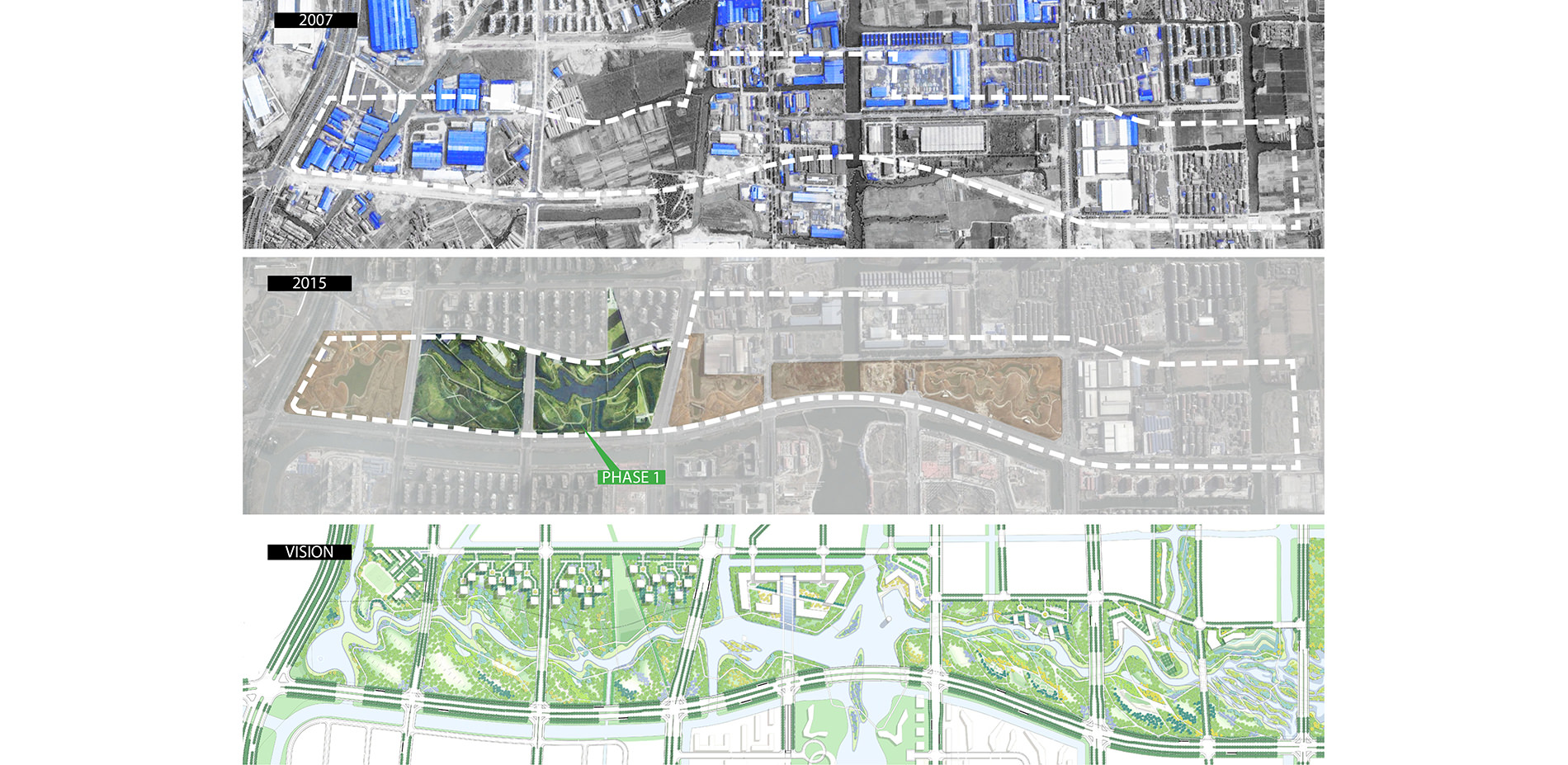
Landscape Master Plan: Transforms an uninhabitable brownfield into a green “Living Filter”
Photo Credit: Graphics Courtesy of SWA
Media: Please submit high-resolution image requests to images@asla.org.
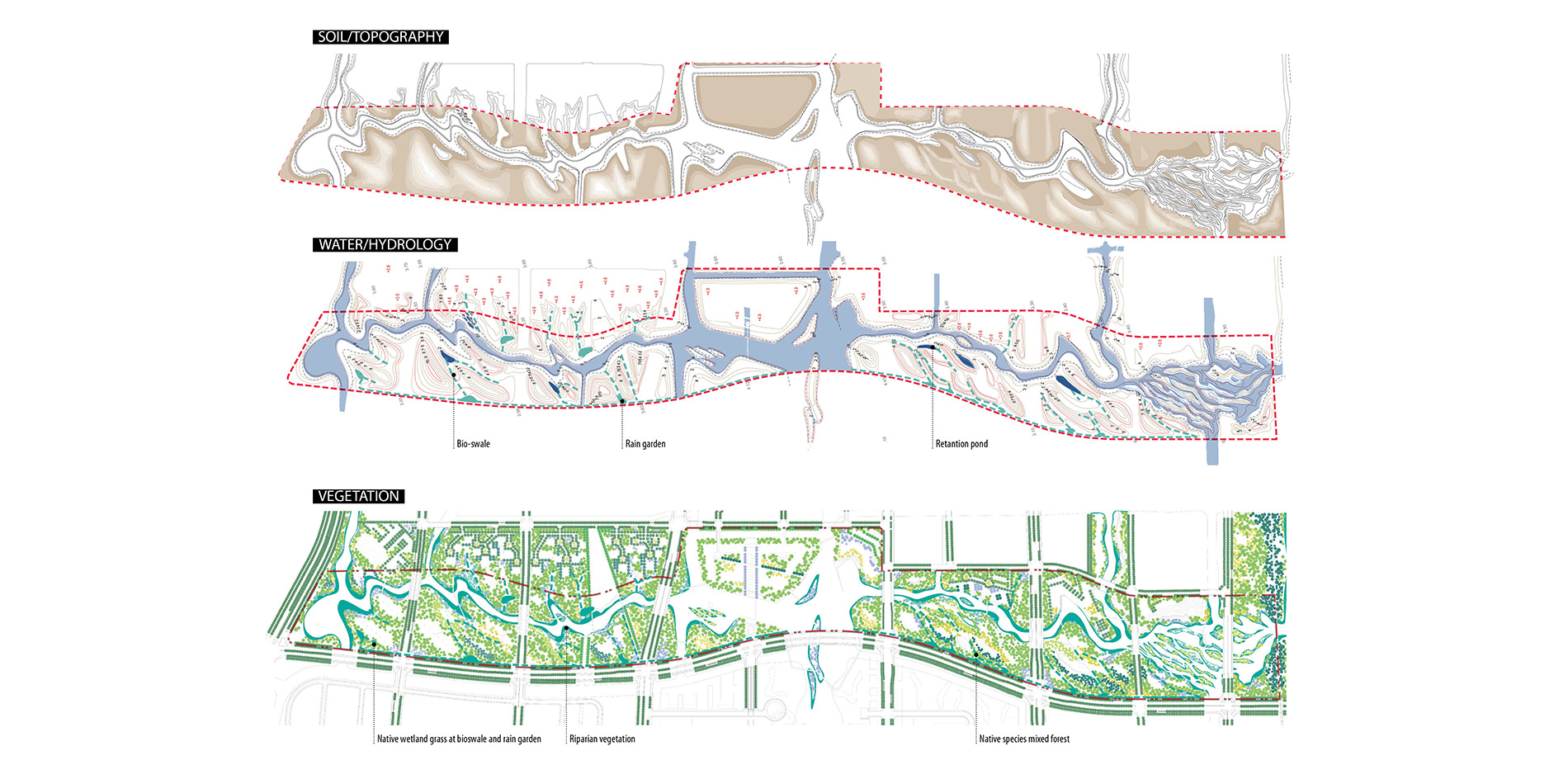
Composing topography, hydrology, and vegetation: a linear “Living Filter”
Photo Credit: Graphics Courtesy of SWA
Media: Please submit high-resolution image requests to images@asla.org.
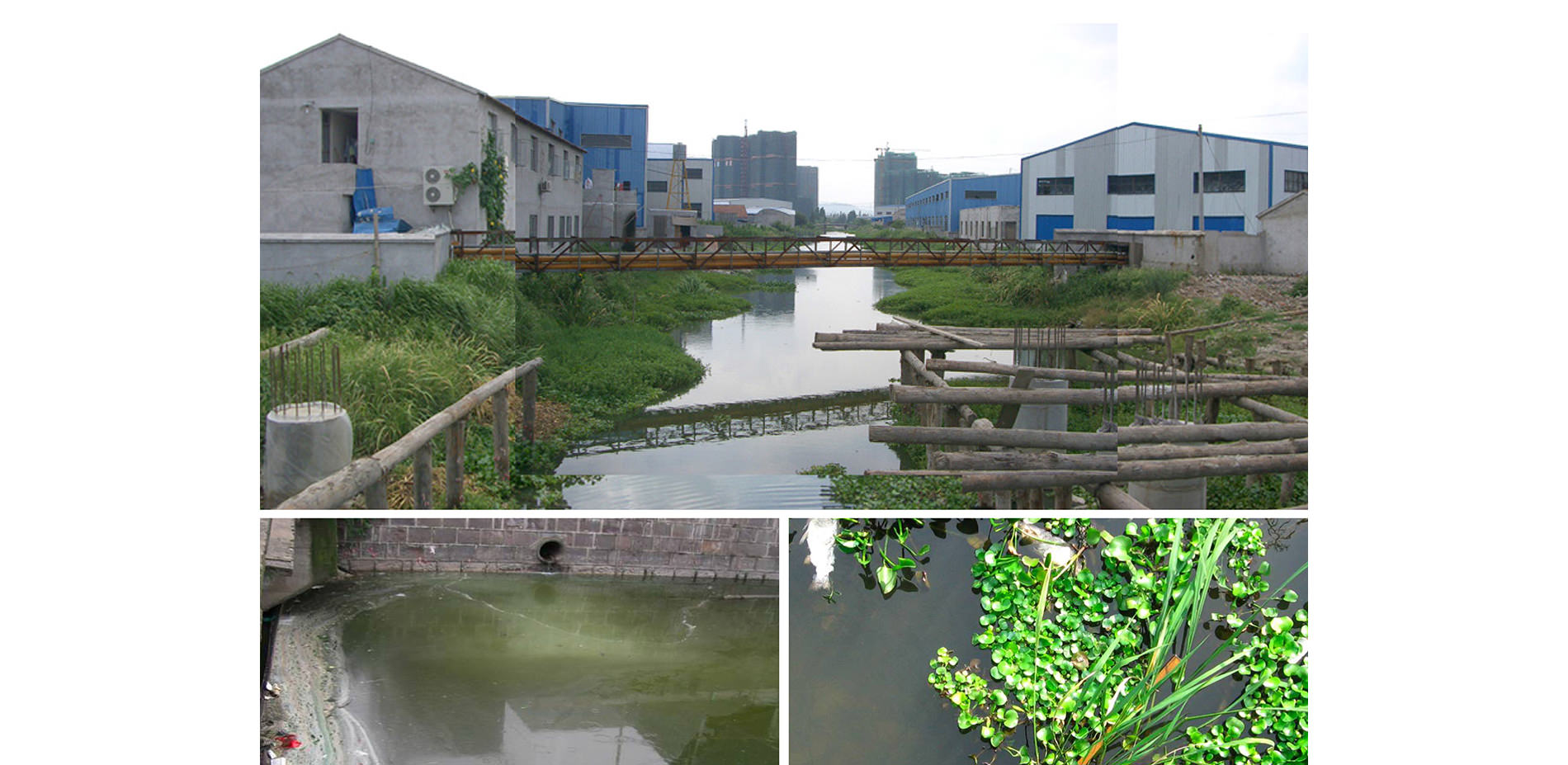
Before: Within the Eco-Corridor site, the historic canals that characterize the Ningbo region had become severely degraded with the introduction of industrial uses in the absence of effective zoning and pollution controls.
Photo Credit: Photos Courtesy of Hui-Li Lee, Jack Wu
Media: Please submit high-resolution image requests to images@asla.org.
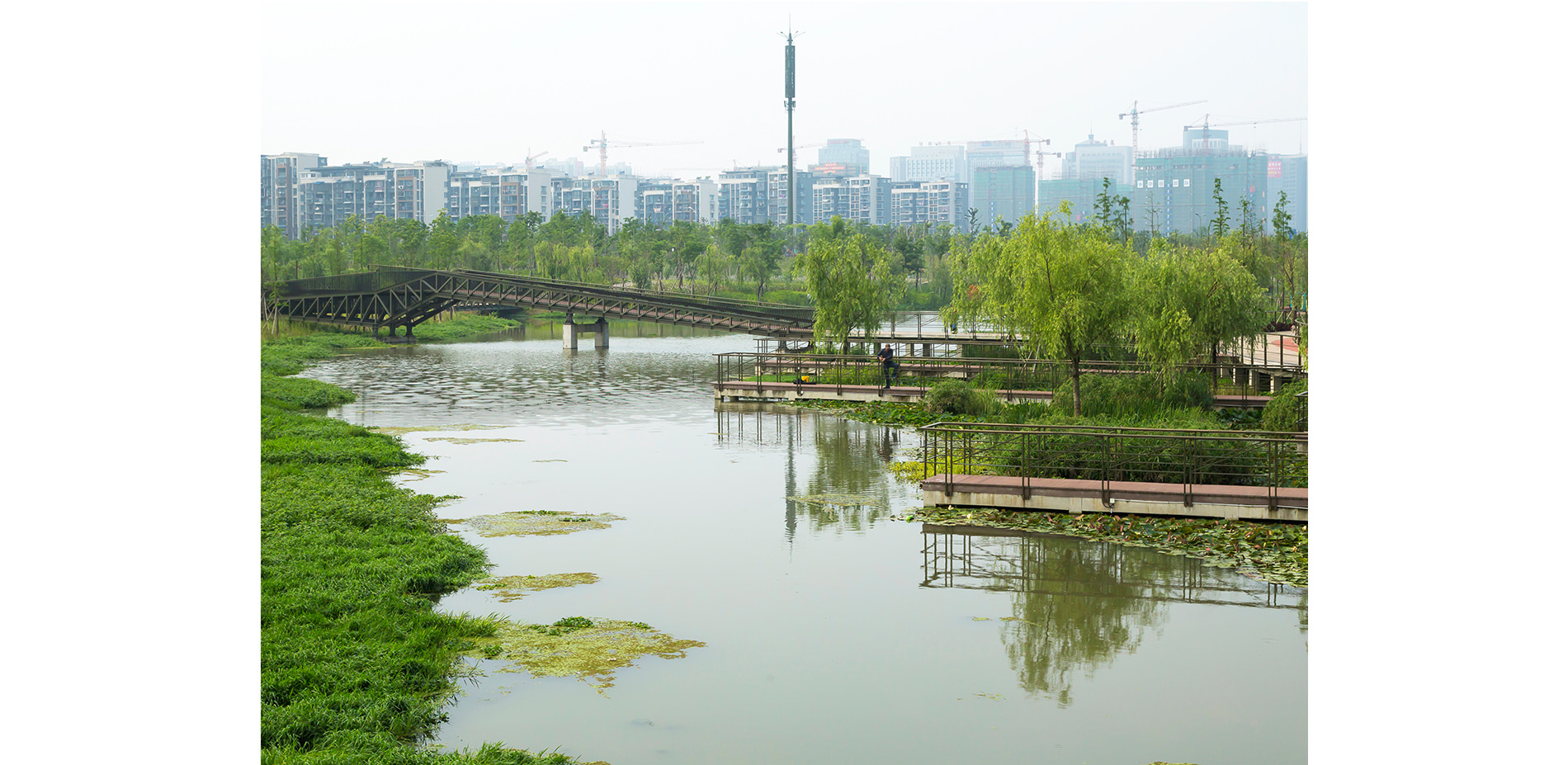
After: A linear network of green spaces where humans, wildlife, and plants can reside, coexist, and prosper
Photo Credit: Photos Courtesy of Tom Fox
Media: Please submit high-resolution image requests to images@asla.org.
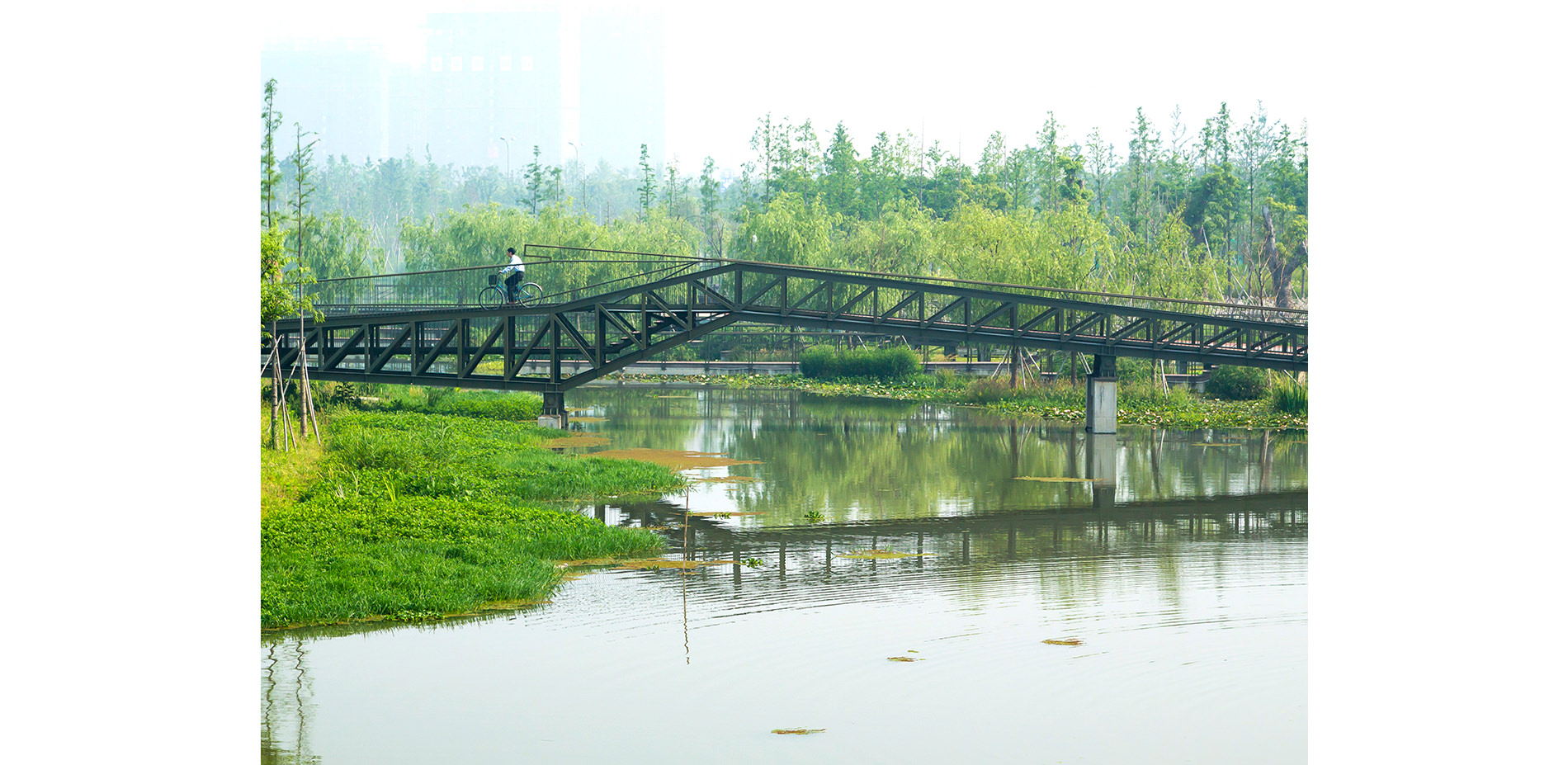
Bridge invokes and celebrates industrial past and accommodates pedestrians and cyclists
Photo Credit: Photos Courtesy of Tom Fox
Media: Please submit high-resolution image requests to images@asla.org.
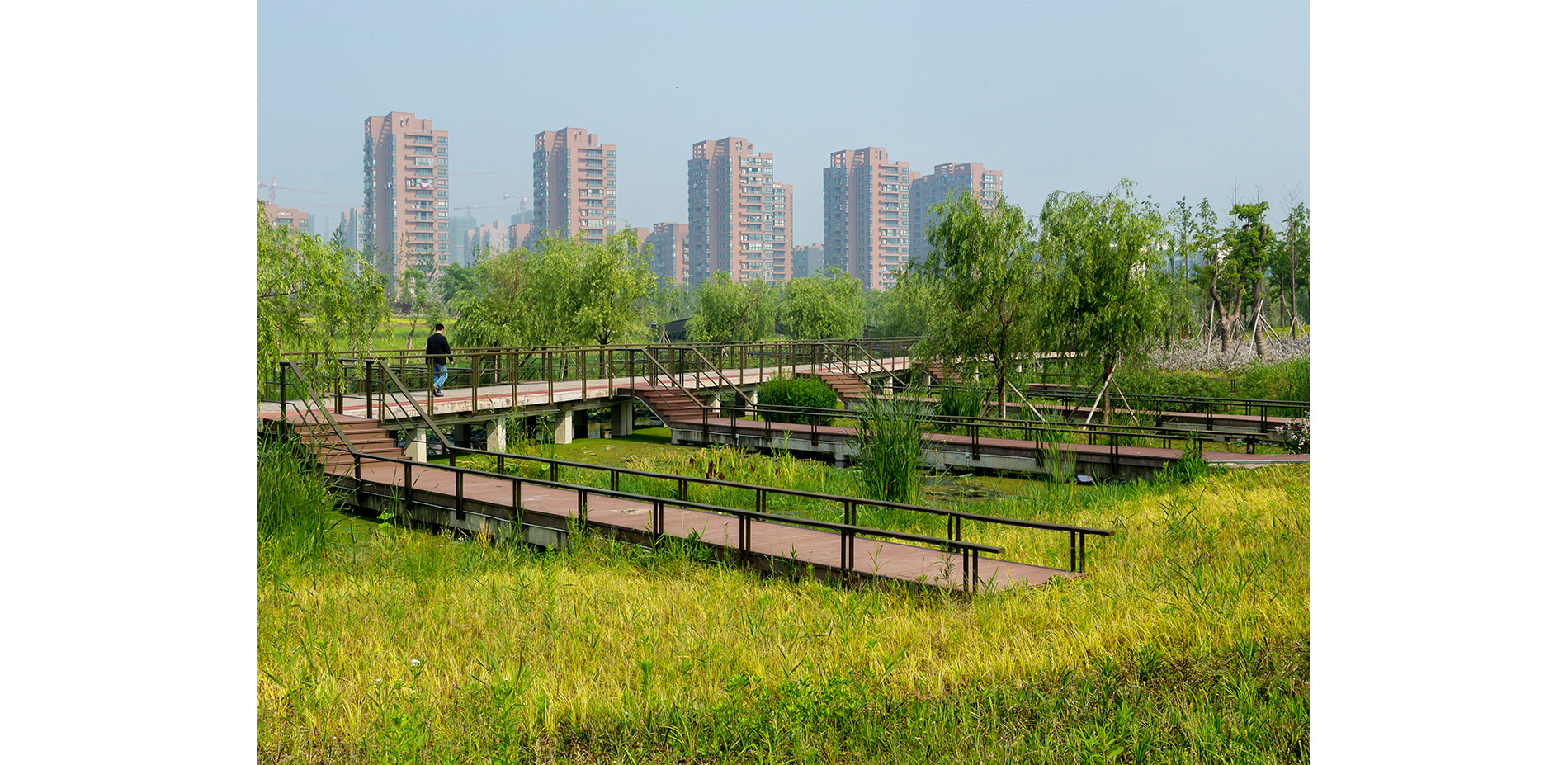
Elevated walkways allow urban runoff to be filtered without interruption
Photo Credit: Photos Courtesy of Tom Fox
Media: Please submit high-resolution image requests to images@asla.org.
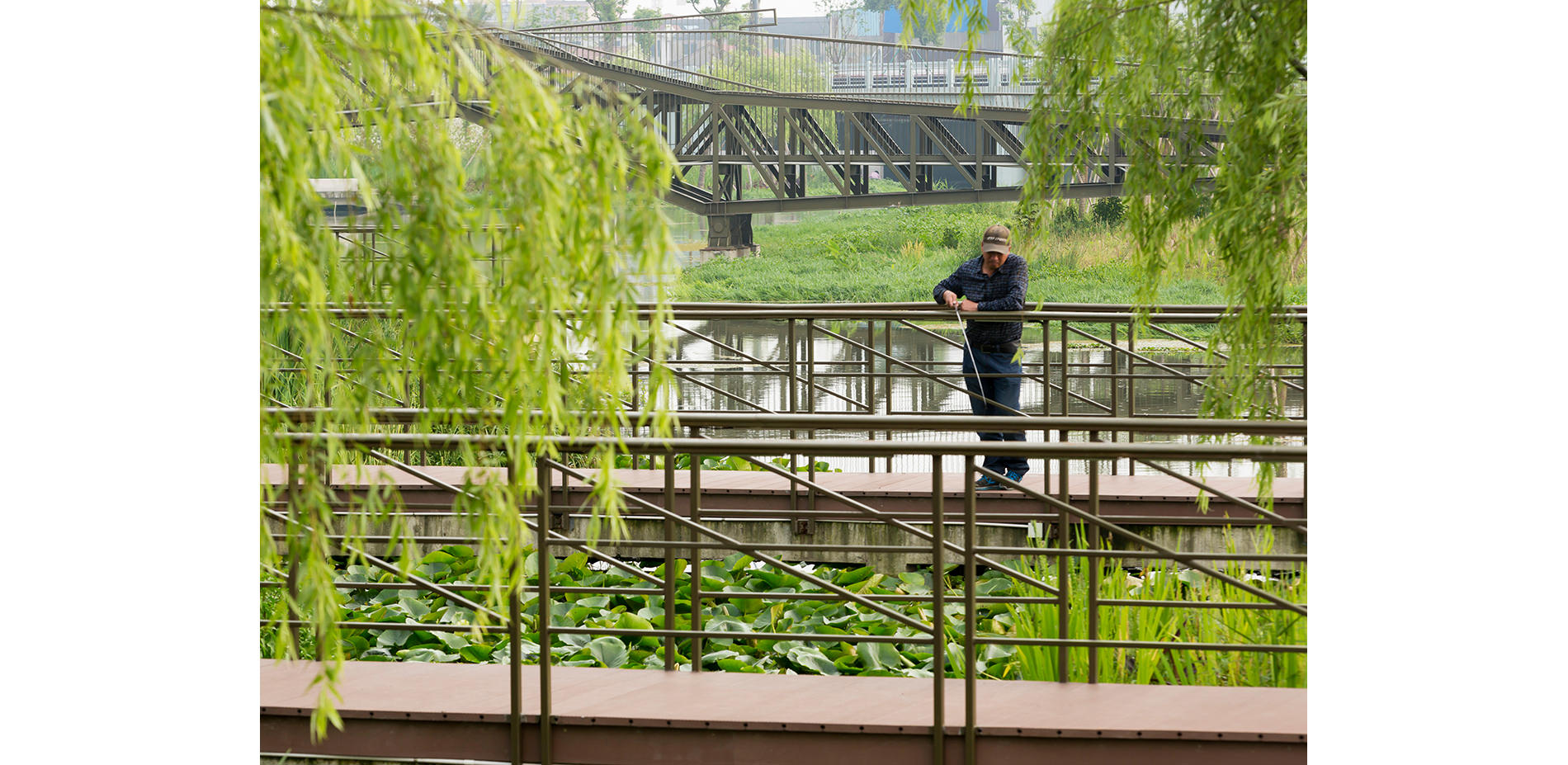
Aquatic Garden celebrating storm water mitigation and biodiversity
Photo Credit: Photos Courtesy of Tom Fox
Media: Please submit high-resolution image requests to images@asla.org.
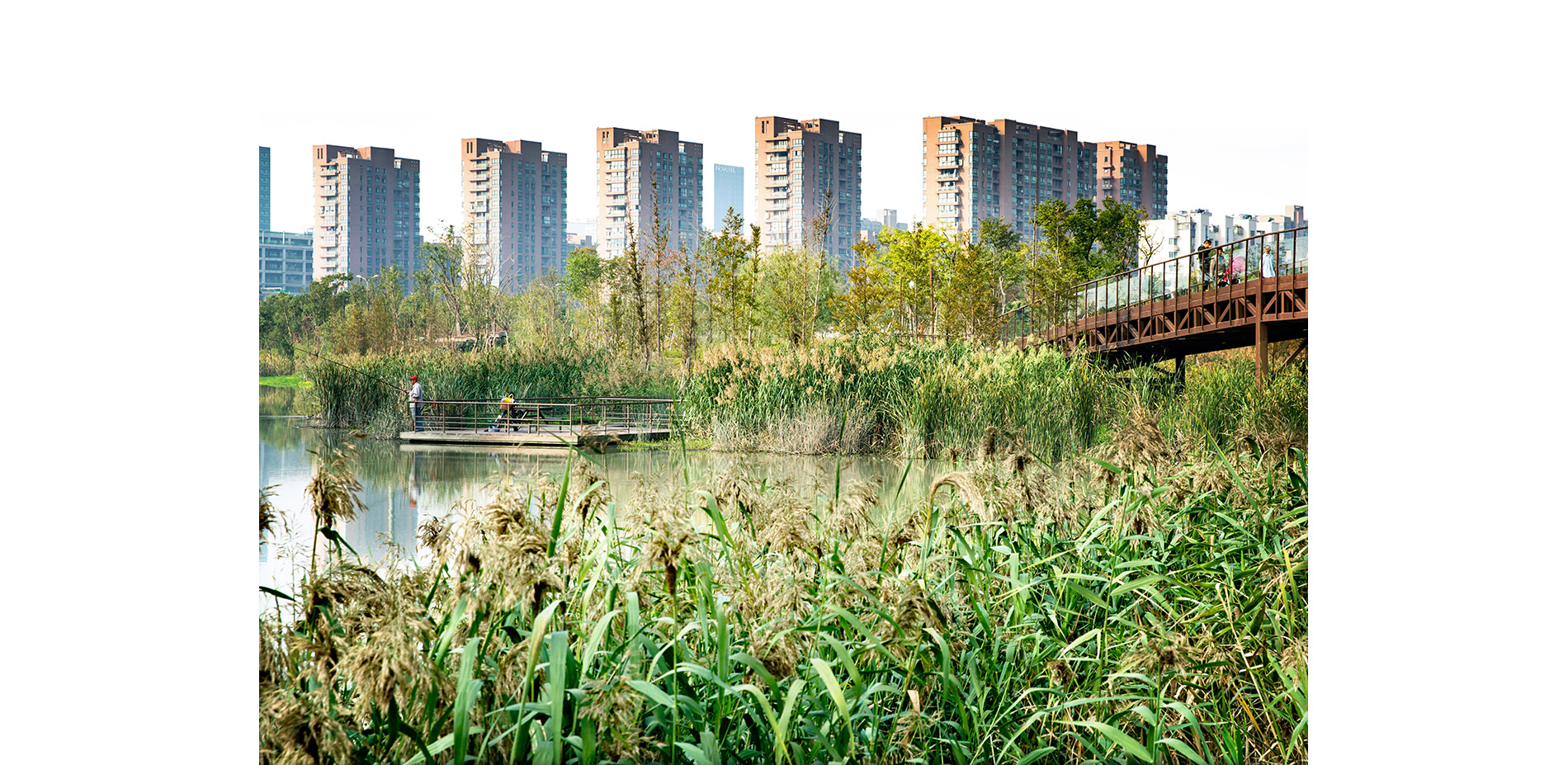
Riparlan edge in autumn with water access platform and pedestrian bridge
Photo Credit: Photos Courtesy of David LLoyd
Media: Please submit high-resolution image requests to images@asla.org.
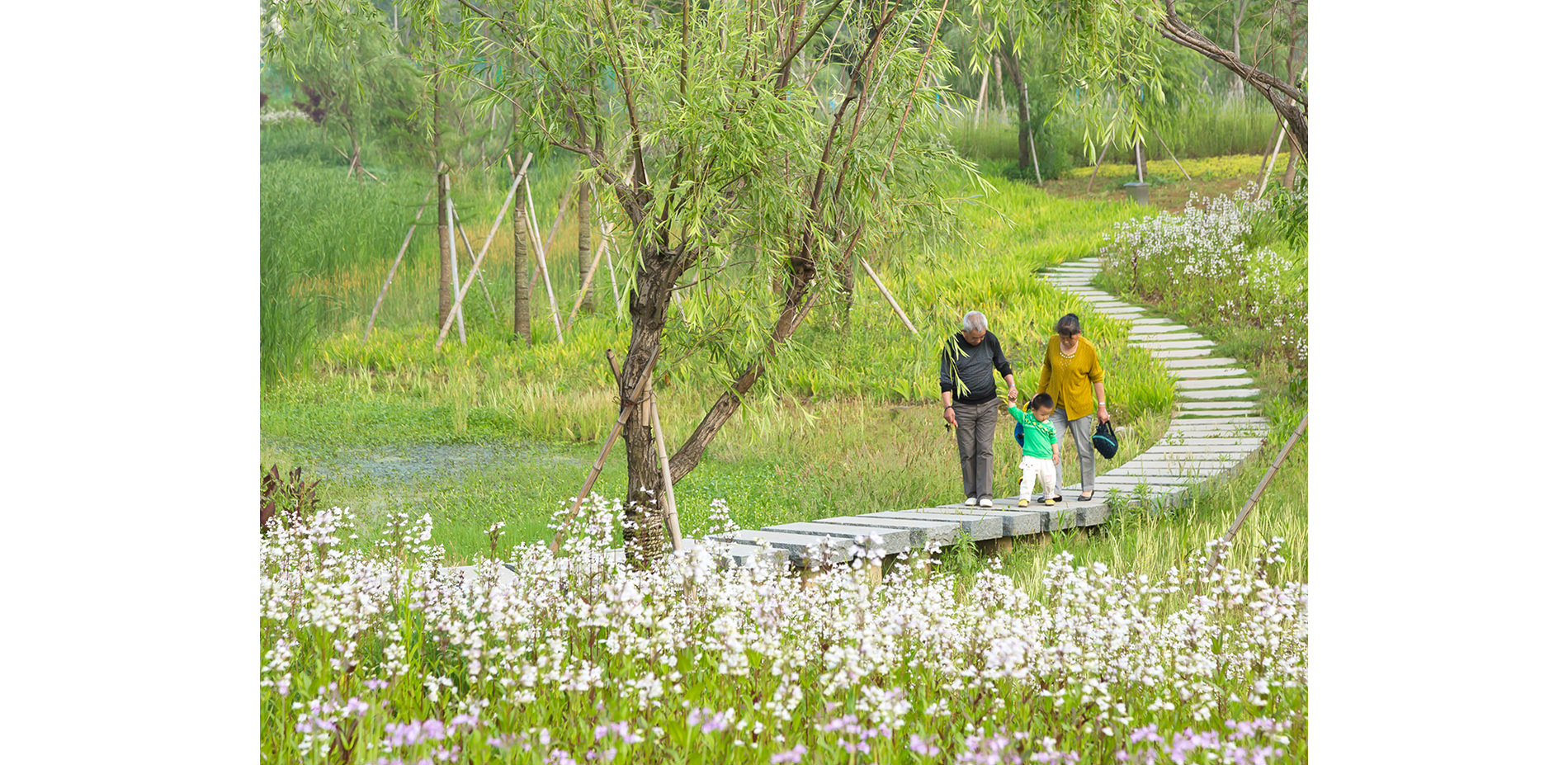
Stepping stone passage across rain garden and gentle landform. Incorporating construction fill from the surrounding development areas, the corridor is carefully graded to create hills and valleys that direct the flow of water across the site.
Photo Credit: Photos Courtesy of Tom Fox
Media: Please submit high-resolution image requests to images@asla.org.
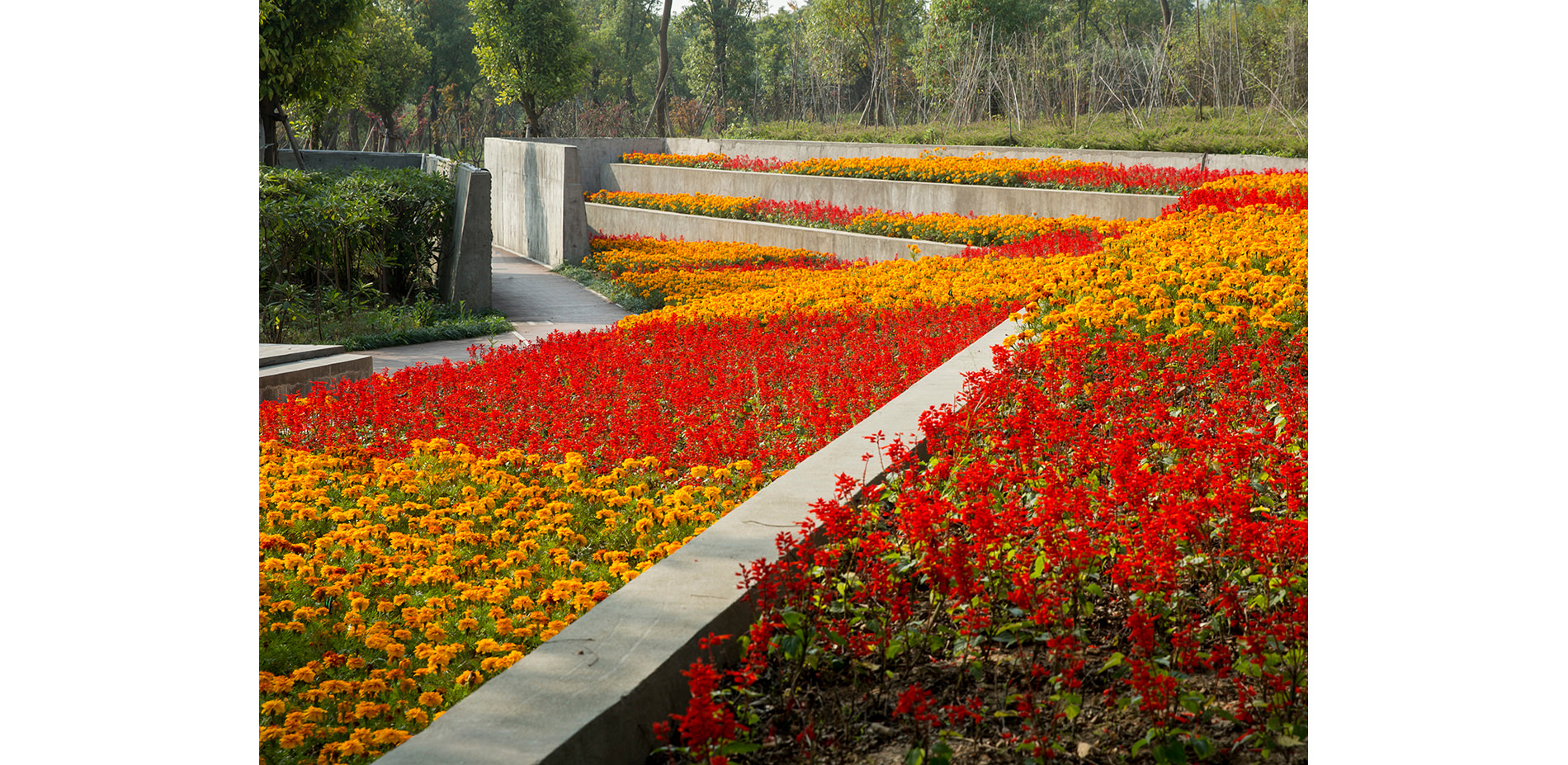
A colorful Perennial Garden within a wilderness-like hill offers different experiences for the visitors. Through color, texture and slope, a surprising contrast has been created to compliment the gently sloped hill.
Photo Credit: Photos Courtesy of David LLoyd
Media: Please submit high-resolution image requests to images@asla.org.
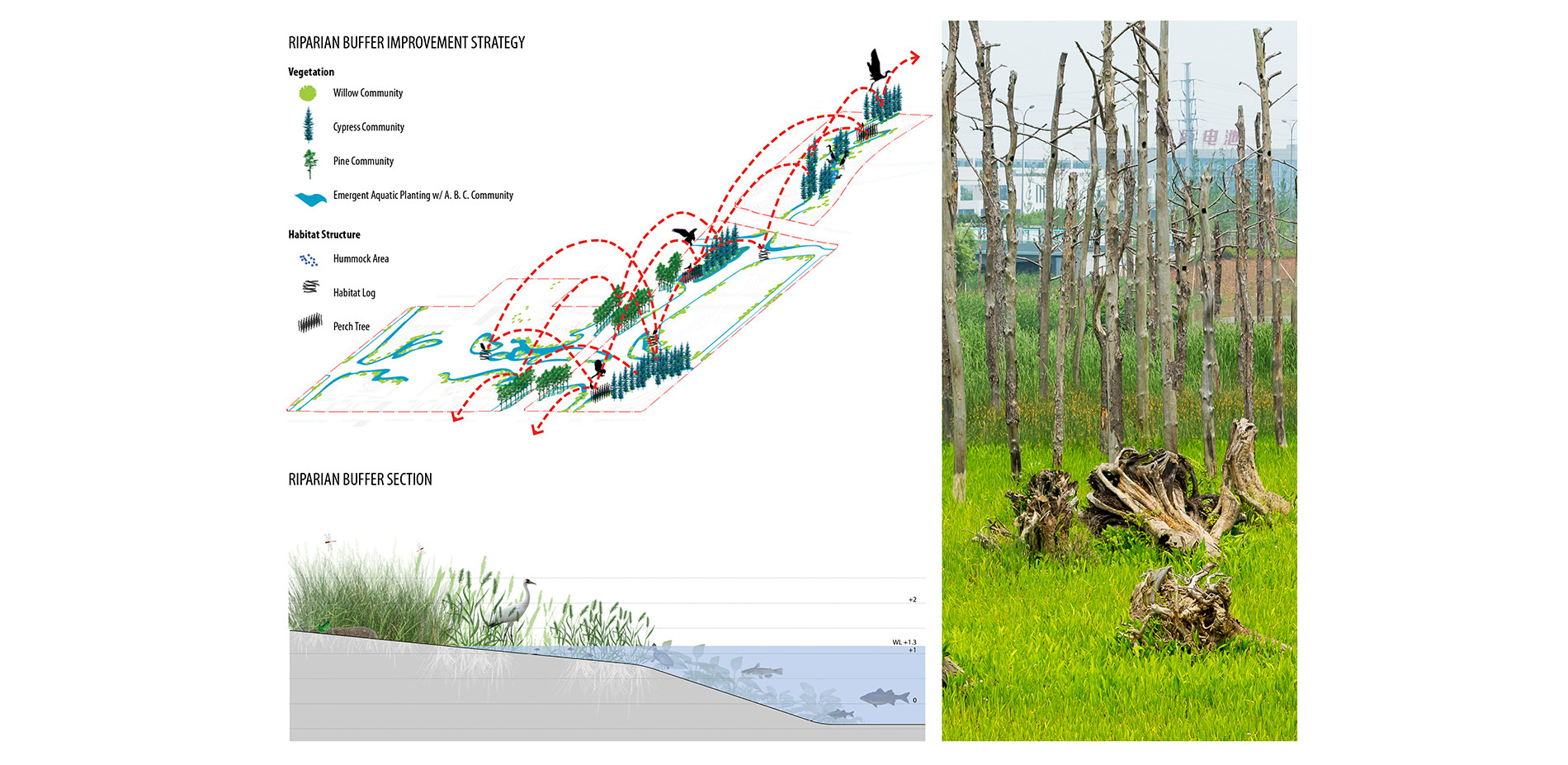
Riparlan Habitat Improvement: Replaces existing hard wall banks with soft, sloping vegetated banks for aquatic habitat. Wildlife habitat structures like logs and perch trees are planned along the riparian edge to jumpstart habitat complexity and species richness functions
Photo Credit: Graphics Courtesy of SWA
Media: Please submit high-resolution image requests to images@asla.org.
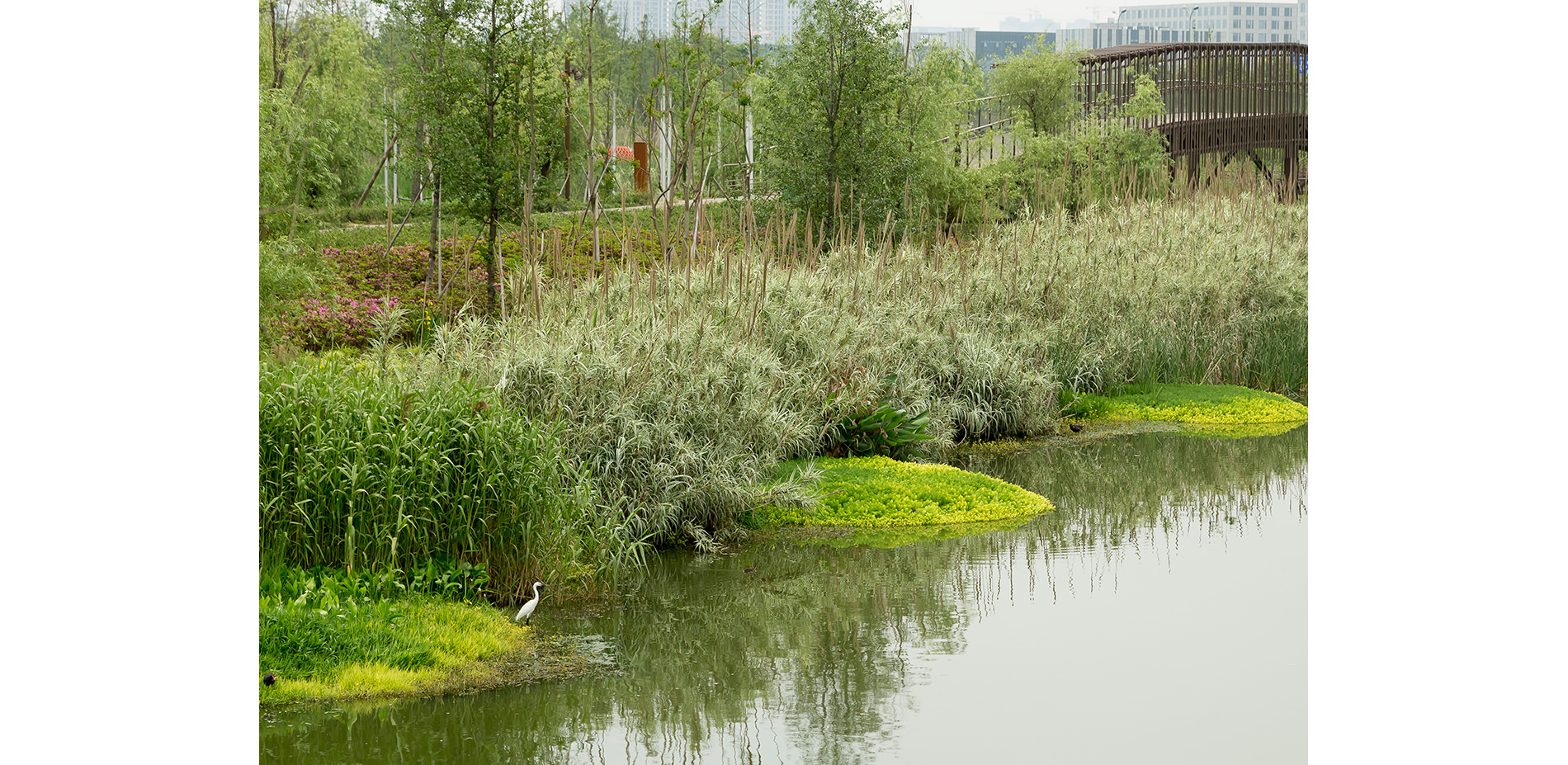
Soft, sloping vegetated banks for aquatic habitat, egrets, moorhen, and little grebes are commonly found along the water’s edge
Photo Credit: Photos Courtesy of Tom Fox
Media: Please submit high-resolution image requests to images@asla.org.
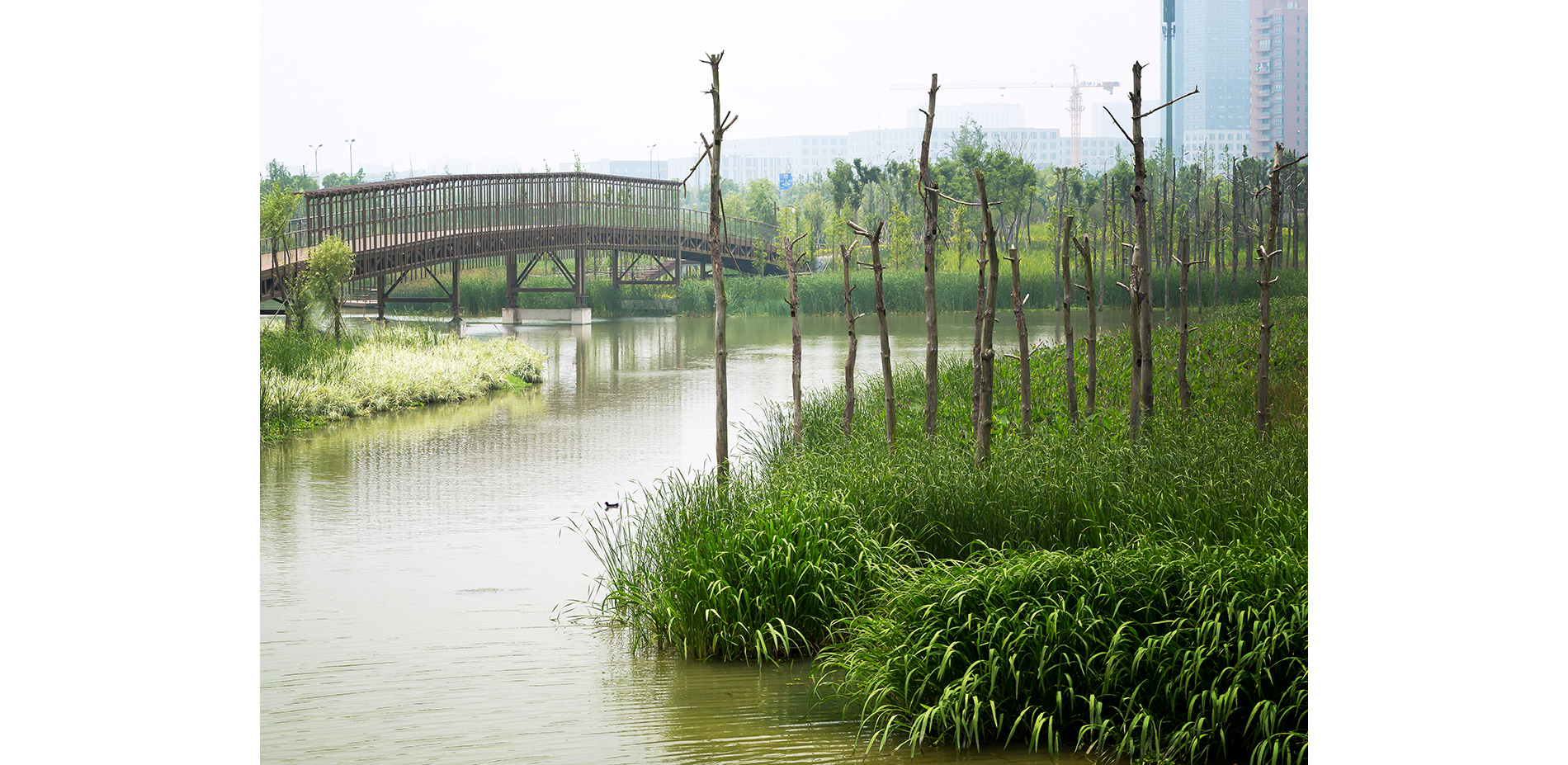
Riparlan edge with recycled perch trees for birds; Pedestrian bridge covered with bird blind mitigates human interruptions
Photo Credit: Photos Courtesy of Tom Fox
Media: Please submit high-resolution image requests to images@asla.org.
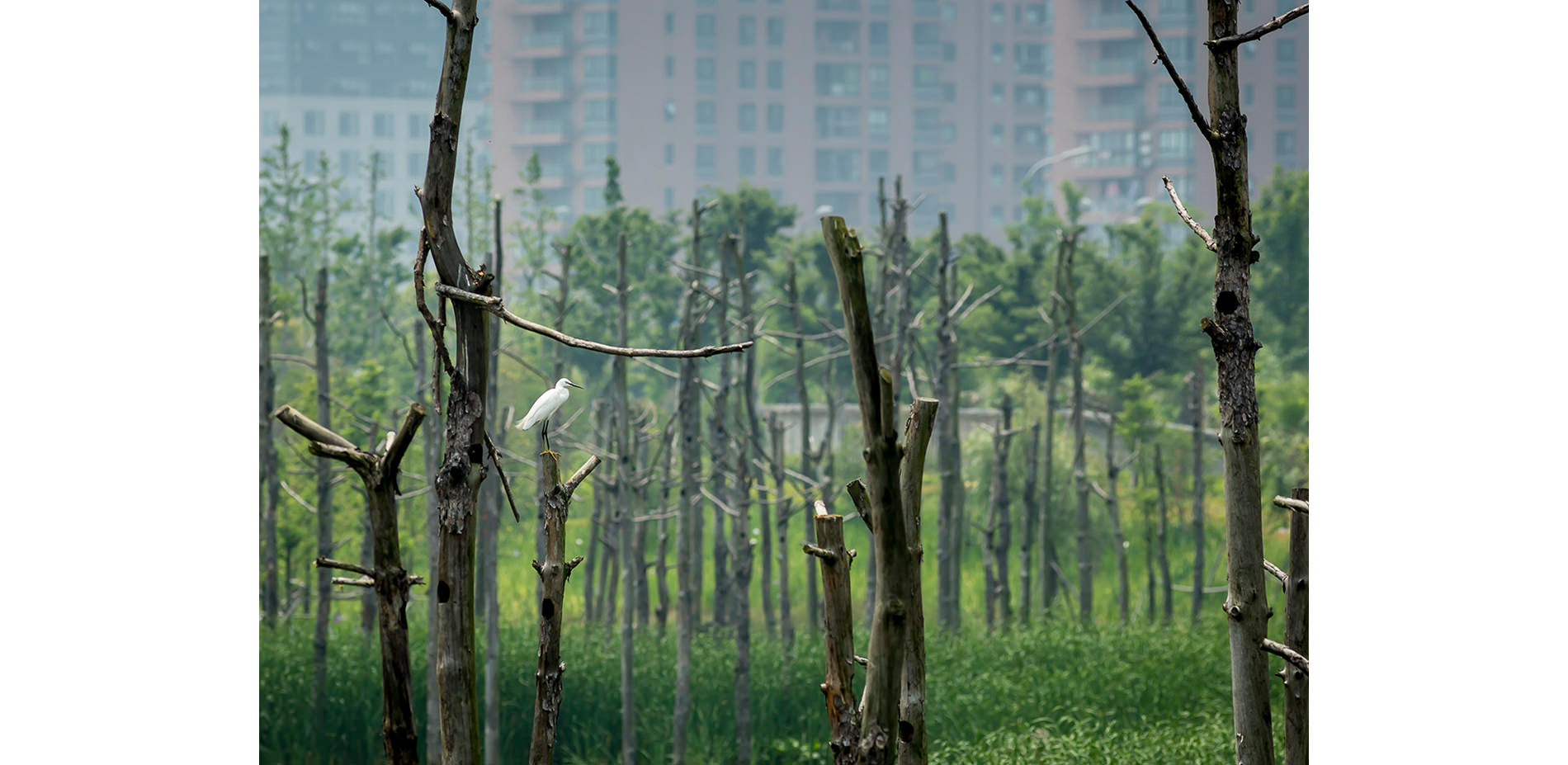
Wild nature with the background of the forest of urban concrete buildings. Wildlife population has rapidly increased since eco-Corridor phase I completion
Photo Credit: Photos Courtesy of Tom Fox
Media: Please submit high-resolution image requests to images@asla.org.

















